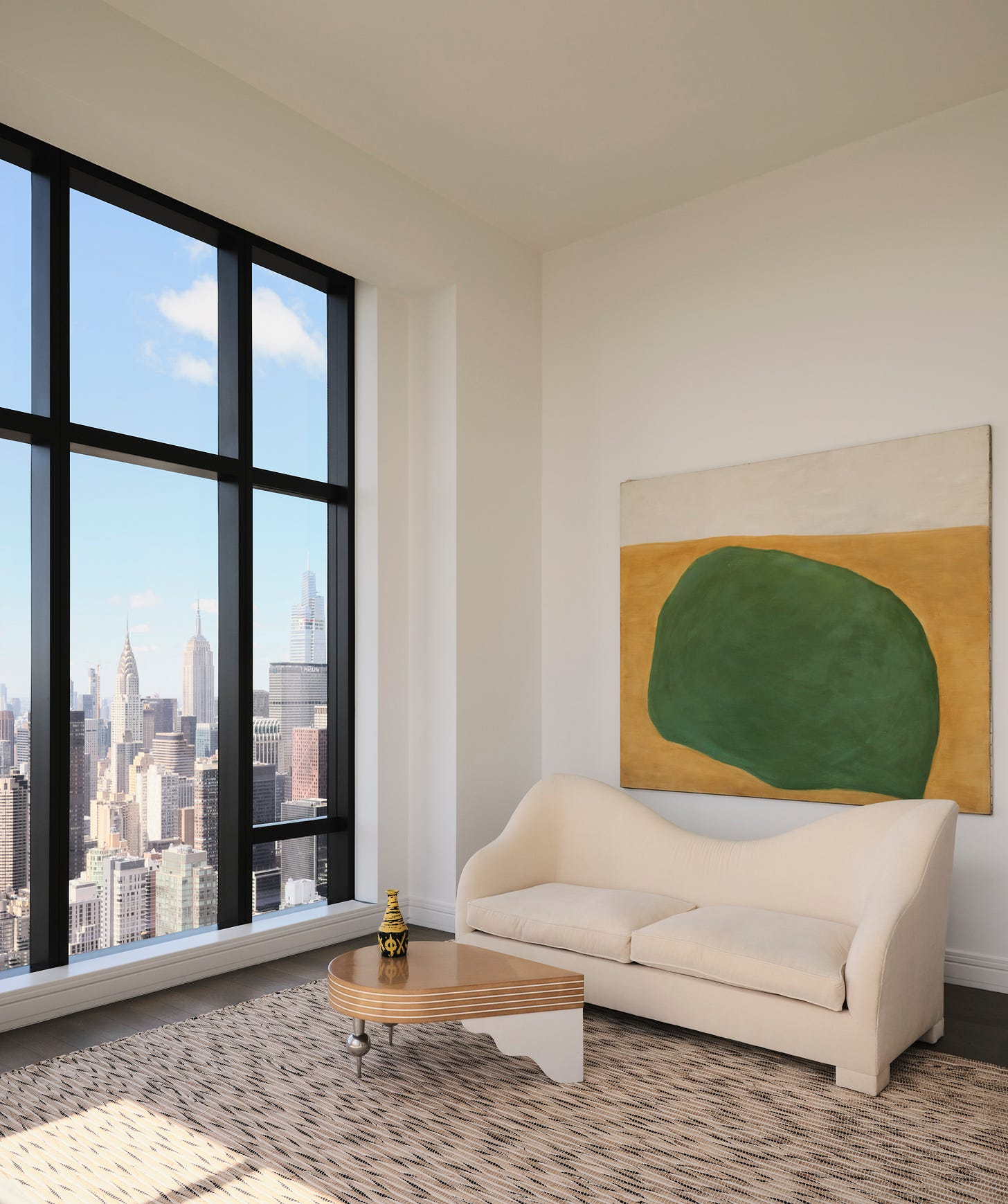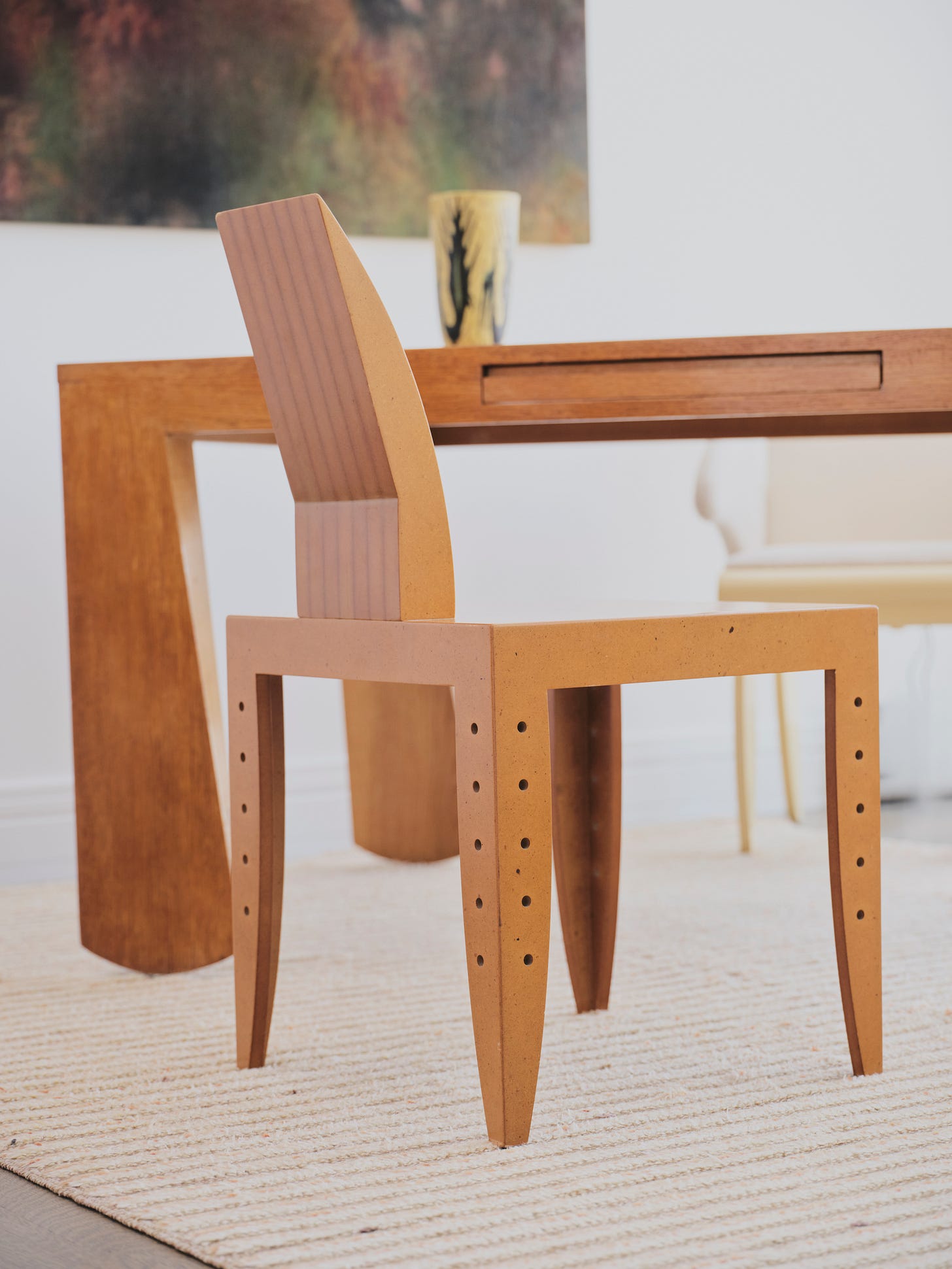Néotù: The French Temple of Design
Lets Dive into the 1980s and 1990s
If you have never heard the names Gérard Dalmon and Pierre Staudenmeyer, you are not alone. Despite the fact that they are less remembered today, in the 1980s the two Frenchmen initiated one of the most important design initiatives of the decade. While there were many facets and manifestations to 1980s design, the birth of design art was certainly one of the most important landmarks of the decade. Now that Galerie Gabriel has opened an exhibition devoted to the art furniture that the two produced under the brand name of their gallery (Néotù), it is time to dive back into that era and enjoy those revolutionary days which birthed some of the most important designers of our time.
Néotù, founded in Paris in 1984 with a branch established in Manhattan in 1990, was the first gallery devoted exclusively to contemporary art furniture since Galerie Steph Simon, established in Paris in the 50s. It was the forerunner of design galleries as we know them today, established by the two visionaries Dalmon and Staudenmeyer who served as its curators and editors. The practice of contemporary avant-garde furniture being produced by a gallery in limited editions rather than in factories and for the gallery to take a role in advocacy, representation, production, and the establishment of curatorial narratives and idiosyncratic programs—now a standard practice of the 21st century design gallery—was pioneered and positioned at Néotù. Its program and practice became a point of departure and source of influence to many design galleries to come. However, as a consequence of being ahead of its time, it suffered financial failure and closed down in 2001.
The name Néotù, meaning néo-tout (neo-everything), embodied the gallery’s special and contemporary vision. All of the products cultivated and offered at Néotù were created by designers, artists, and architects who had mostly emerged as unknown talents such as Martin Szekely, Dan Friedman, Jaspar Morrison, Mattia Bonetti, and Elizabeth Garouste, who went on to become instrumental figures in contemporary design. The founders discovered and promoted those designers and during its 17-year existence, Néotù presented more than one hundred exhibitions by forty designers, introducing contemporary furniture as a branch of art collecting, and cementing them as historical icons.
There was no shared distinctive style, look, or common materials in the furniture presented at Néotù, but rather a shared attitude and focus on individual expression. Fusing art and design while advancing the notion that functionality was not the sole purpose of design was at its core as a response to the contemporary approach to design of the 1980s. The pieces were colorful, daring, unorthodox, and manifested provocative forms while capturing the freedom that led to wild, distorted, exaggerated objects and forms never seen before. Néotù embodied the spirit of the 1980s, when design was reshaped through innovation, creativity, and an anti-establishment sentiment. Jean Paul Gaultier showcased unconventional and experimental fashion, Christian Lacroix opened his eponymous haute couture house and created fashion of fantasy, and the young generation of British designers that crafted furniture out of scrap metal in response to the punk cultural movement. Néotù was a part of this landscape, and it established a lasting influence and a new definition for designed furniture as cultural objects.
In recent years, collectors and interior designers have rediscovered the furniture by Néotù and it has become highly collectible. Nancy Gabriel, the founder of the gallery, has collected some of the best pieces over the past decade, and has collaborated with Galerie Mouvements Modernes, and the exhibition is a great opportunity to see the full scale of what was considered innovative and chic in the 80s and 90s. All images courtesy of Galerie Gabriel and Galerie Mouvements Modernes.
















